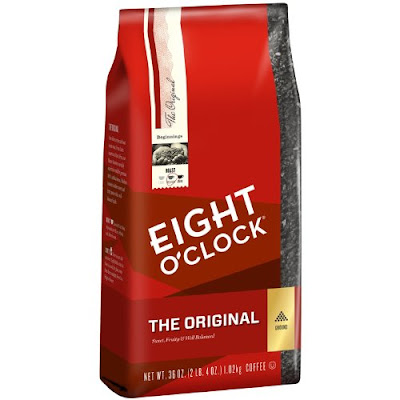At the turn of the twentieth century, Luigi Bezzera pulled the world’s first shot of espresso. A little over 70 years later, a Swiss engineer by the name of Eric Favre invented Nespresso. Thanks to these insightful men we can now choose between espresso and Nespresso. In order to do that, though, we must answer the question “What is the difference between espresso and Nespresso?”
Allow me tell you a little bit about each of these well-loved beverages, so that you will know their similarities and differences.
Espresso: Revolutionizing Coffee Consumption
Before espresso existed, people brewed coffee by mixing ground coffee directly into boiling water or by pouring the water through a cloth filter holding the coffee. Making a cup of coffee took time. Luigi Bezzera dreamed of a coffee machine that could brew coffee in less than a minute. Hard work made his dream a reality; Signor Bezzera built an espresso machine composed of a boiler, portafilter and several brew heads. A flame heated the water in the boiler to about 200°F (100°C) and as it expanded, hot water and steam were forced through finely ground coffee and out through the brew head into a cup. Within a few short years, men and women from every walk of life were stepping into cafes to enjoy an espresso.
Modern espresso machines continue to use Bezzera’s principles of temperature, pressure and finely ground coffee and it is necessary to adjust these three variables to make a great shot of espresso.
- Temperature – Bezzera’s machine would boil water and then allow it to cool to about 195°F (90°C) before it went through the coffee. Today we know that water at higher temperatures decreases acidity and draws out the coffee’s natural body and flavor, while cooler water decreases body and flavor but emphasizes acidity. Many espresso machines allow the user to choose a brewing temperature between 195°F and 205°F (90°C and 96°C).
- Coffee – Local stores and online options offer a wide variety of single-origin coffee beans and also blends that can be used in an espresso machine. Any type of coffee bean that you choose to use should be ground finely to allow the hot water to absorb the maximum amount of flavor and aroma. You must also tamp the extra-fine coffee grounds firmly into the portafilter’s basket so they resist the flow of water and increase pressure which is another important variable.
- Pressure – Early espresso machines only accumulated 1-2 bars of pressure as the hot water and steam made their way through the coffee. The standard pressure for today’s machines is 9 bars, but many machines allow you to adjust the pressure between 7-10 bars. One bar represents 14.7 pounds of pressure per square inch, so the average espresso machine generates 130 pounds of pressure to produce 1 or 2 fluid ounces of espresso! This pressure affects the espresso’s color and flavor. Greater pressure forces the water to travel quickly through the coffee and produces a lighter brew with a milder flavor. Lower pressures allow the water to absorb more of the coffee’s caffeols and results in a rich, dark espresso with extra acidity and bitterness.
It takes time and practice for both professional and amateur baristas to become familiar with their espresso machines and learn how to vary the type of coffee, roast level, temperature of extraction and amount of pressure to make espressos that will fit every taste preference.
Nespresso: Making the Best Espressos Available to Everyone
In 1975, Anna-Marie mentioned to her Swedish husband, Eric Favre, that no one made coffee like her native Italians. Her comment gave him the idea of designing a machine that would allow anyone to brew high-quality espressos in their own kitchen. Mr. Favre worked at that time as an engineer for Nestlé and he immediately began using his spare time to do research for his innovative machine. His research led to sketches and his sketches eventually became rough prototypes. Unwilling to leave any detail uncared for, Eric and Anna-Maria traveled across Italy, visiting cafes, comparing espressos and studying the way that Italian baristas worked. They returned to Sweden brimming with important insights and Eric continued working to finalize his machine.
Nine years after the idea was born, Eric Favre and Nestlé introduced the Nespresso machine to the world. This state-of-the- art machine uses temperature, pressure and a pre-packaged capsule of ground coffee to make a single-serving of espresso. Slowly Nespresso conquered the hearts of coffee lovers all around the globe and Nestlé currently sells various types of Nespresso machines, as well as a generous array of different capsules of ground coffee. Now anyone, experienced or not, can make their favorite espresso with just the push of a button
Although we can choose between espresso and Nespresso, perhaps we should instead appreciate each one in its own time and place. At times the human touch of espressos is indispensible, while at other moments the convenience and consistent quality of Nespresso is delightfully satisfying.




